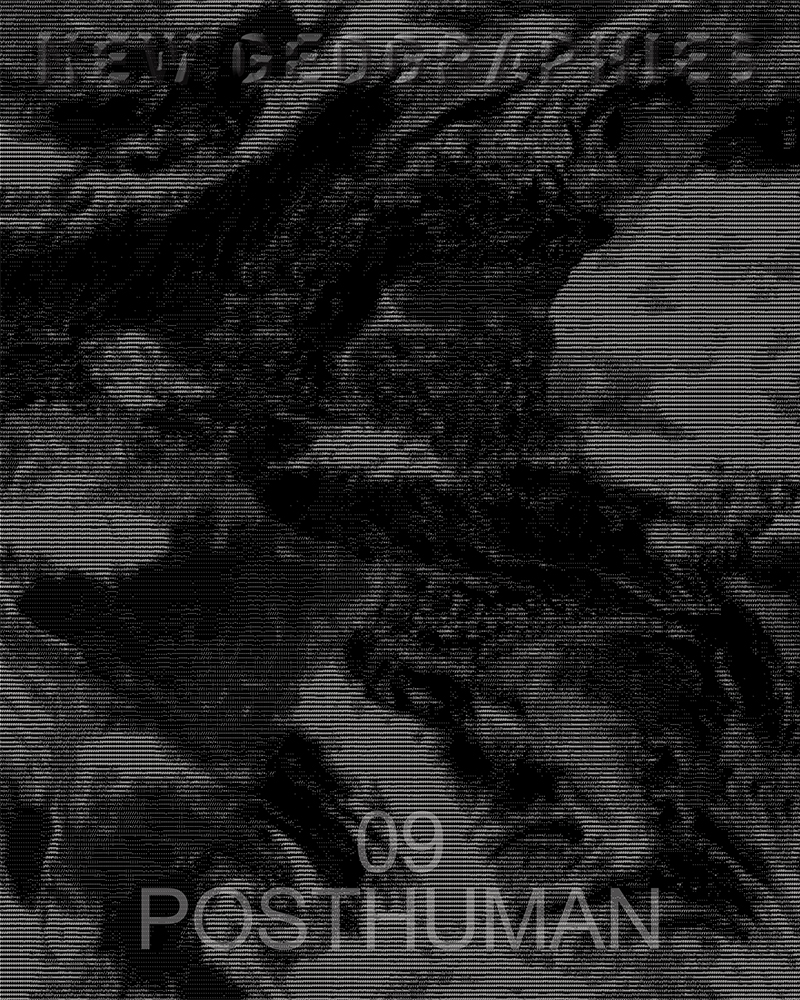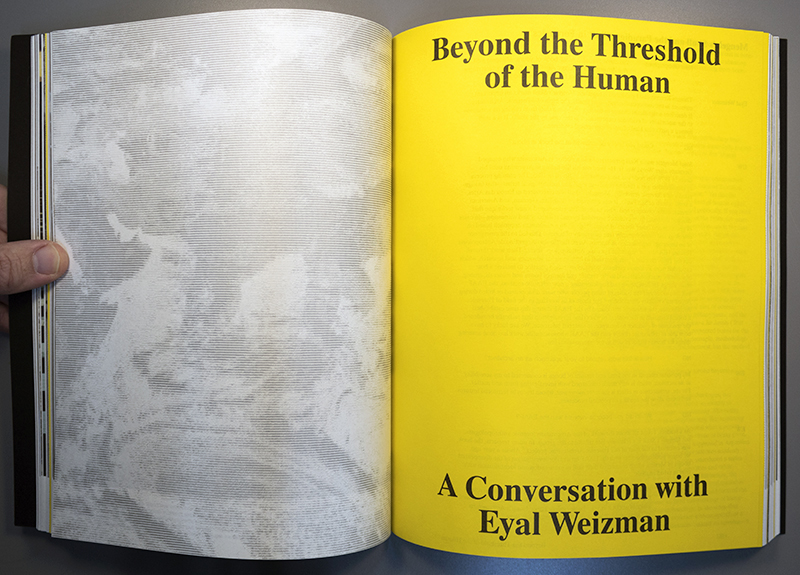New Geographies 09
New Geographies 09: Posthuman
Mariano Gomez-Luque, Ghazal Jafari (Editors)
Harvard GSD/Actar, January 2018

Paperback | 8 x 10 inches | 208 pages | English | ISBN: 978-145150722 | $29.95
Publisher Description:




Author Bio:
(Note: Books bought via these links send a few cents to this blog, keeping it afloat.)




Mariano Gomez-Luque, Ghazal Jafari (Editors)
Harvard GSD/Actar, January 2018

Paperback | 8 x 10 inches | 208 pages | English | ISBN: 978-145150722 | $29.95
“Posthuman” signals a historical condition in which the coordinates of human existence on the planet are altered by profound technological, ecological, biopolitical, and spatial transformations. Engendering new ways of being in the world, this condition challenges long-established definitions of the ‘human’, and by extension, of the human environment. Interpreting design as a geographical agent deeply involved in the territorial engravings of contemporary urbanization, New Geographies 09 investigates the urban landscapes shaping the posthuman geographies of the early 21st century, fostering a wide-ranging debate about both the potentialities and challenges for design to engage with the complex spatialities, more-than-human ecologies, and diverse forms and habits of life of a post-anthropocentric world.dDAB Commentary:
The tenth issue (although numbered 09, the inaugural zero issue makes it the tenth) of New Geographies, the annual journal produced by doctorate candidates at Harvard GSD, tackles the wide-ranging theme "Posthuman." Like previous issues of New Geographies (I've posted about 03, 06, and 07), the contributions to "Posthuman" are dense, coming from academics in architecture, geography, and related fields. Some notable names in this latest issue include Alejandro Zaera-Polo, Stephen Graham (in the form of an edited excerpt from his excellent Vertical), Benjamin Bratton, Charles Waldheim, Shannon Mattern, whose Code and Clay, Data and Dirt: Five Thousand Years of Urban Media from 2017 makes her an ideal contributor to this technology-focused issue, and Eyal Weizman.Spreads:
The spreads below reveal that "Posthuman" is as visual as it is textual. There's the usual illustrations accompanying many of the essays, but editors Mariano Gomez-Luque and Ghazal Jafari also included a visual narrative meant to represent "the wide spectrum of geospatial configurations through which the contemporary posthuman condition ... is materialized, imagined, and contested at multiple scales." The narrative takes the form of two-page color spreads following each essay, with the images corresponding to the preceding text. For instance, the narrative spread at bottom, a satellite seen from SpaceX, comes after Graham's Vertical excerpt on satellites. The intertwining of text and images (and yellow pages inserted at four intervals to accentuate certain contributions) adds a layer of complexity to the thematic issue, adds a good deal of visual interest to the issue, and makes some of the dense prose easier to swallow.




Author Bio:
Mariano Gomez-Luque is a practicing architect and urban designer from Argentina, a Doctor of Design candidate at the Harvard University Graduate School of Design, and a research fellow at the Urban Theory Lab and the Office for Urbanization. Ghazal Jafari is a designer, land researcher, urbanist, and a research fellow at the Weatherhead Center for International Affairs as well as the Aga Khan Program at Harvard University.Purchase Links:
(Note: Books bought via these links send a few cents to this blog, keeping it afloat.)



